Here is my shot at this, although your question might get closed because it's off-topic, too broad or a possible duplicate. Anyhow I propose another way to count the number of contours. You could also do it using bwboundaries as was demonstrated in the link provided by @knedlsepp in the possible duplicate. Just for the sake of it here is another way.
The idea is to apply a morphological closure of your image and actually count the number of enclosed surfaces instead instead of contours. That might end up being the same thing but I think it's easier to visualize surfaces.
Since the shapes in your image look like circle (kind of...) the structuring element used to close the image is a disk. The size (here 5) is up to you but for the image you provided its fine. After that, use regionprops to locate image regions (here the blobs) and count them, which comes back to counting contours I guess. You can provide the Area parameter to filter out shapes based on their area. Here I ask the function to provide centroids to plot them.
Whole code:
clear
clc
close all
%// Read, threshold and clean up the image
Im = im2bw(imread('ImContour.png'));
Im = imclearborder(Im);
%// Apply disk structuring element to morphologically close the image.
%// Play around with the size to alter the output.
se = strel('disk',5);
Im_closed = imclose(Im,se);
%// Find centroids of circle-ish shapes. Youcan also get the area to filter
%// out those you don't want.
S = regionprops(~Im_closed,'Centroid','Area');
%// remove the outer border of the image (1st output of regioprops).
S(1) = [];
%// Make array with centroids and show them.
Centro = vertcat(S.Centroid);
imshow(Im)
hold on
scatter(Centro(:,1),Centro(:,2),40,'filled')
And the output:

So as you see the algorithm detected 5 regions, but try playing a bit with the parameters and you will see which ones to change to get the desired output of 4.
Have fun!
 ,
,